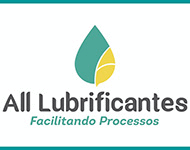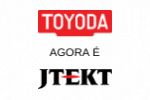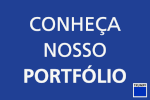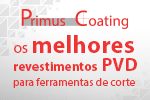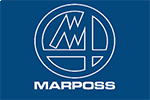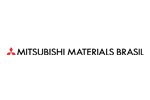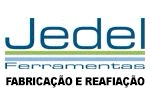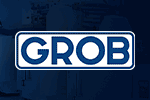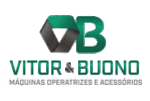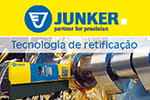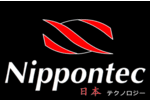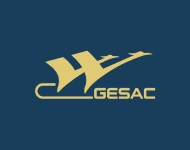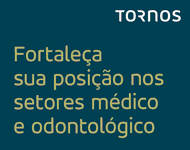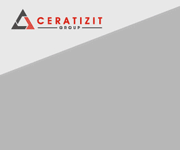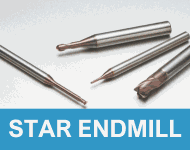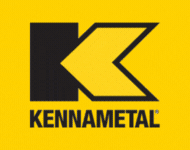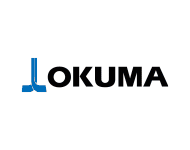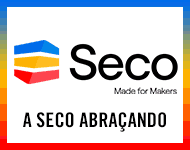(06/22/2008) – In the end of May, the engine block and cylinder heads machining line and the casting line from Civic started to operate in Honda´s plant in Sumaré (SP). With an investment of R$130 millions the unity is almost completely equipped with tools and machines produced in Brazil.
The machining centers and special machines were produced by Heller and Grob in their own plants in São Paulo. The wash basin for machine parts are DR Promaq; the Nagel burnishing machines; the Feic tighteners; and Silme´s press. The measurement in process is made with Marposs equipments. PCD, CBN and carbide tools are almost totally produced by Mapal do Brasil, in Ibirité, Minas Gerais; and the drills are produced in Diadema (SP) by Guhring Brasil. We can say also that this is Honda´s unity with the biggest German furnishers participation.
Among the machinery, only one was brought from Japan. It is a bi-spindle machining center produced by the company´s special division, Honda EG. “As we were going to start the project from the zero point, we chose to use Brazil´s existent infrastructure. We have first line furnishers here that export to demanding markets as the USA and Europe”, explains Sérgio Kawase, Powertrain Production Manager and the project coordinator.
Kawase says that this Brazilian branch option faced some resistance from the headquarter, partially because of their unkowledge about Brazilian´s industry capacity. “We chose to make a balance between our local furnishers knowledge and the japanese team know-how”, observes Mr. Kawase. All the project was elaborated with the furnishers. Mapal was encharged about 130 special tools development. To Kawase, the combined tools usage was important to the investment enablement allowing the reduction of number of machines needed to production.
Different from others Honda´s new plants around the world as in Thailand or China, completely designed by the Japanese technicians, Honda Sumaré had a reasonable autonomy to develop the project and unity´s installation. A team of three effective japanese technicians followed all the project while other groups followed specific steps as tryout and parts´ homologation.
HOMOLOGATION – Kawase explains that the parts homologation phase was very stringent, with almost seven months of test, not only dimensional but also durability, performance, repeatability and capability. The first homologation was made in Brazil. Later, the parts were taken to Japan where they went through a several tests in HGT, Honda´s Engineering division.
“It was set very stringent criteria to us. To be homologated we had to overcome the numbers reached by Japan and Thailand´s plants (from where we imported engine block and cylinder heads to Civic before the national production)”, says the manager. “As we overcame the parameters fixed to us, I can guarantee the products we are producing here are in a very similar or higher level than the ones we were importing”.
If in the beginning there were doubts about the success possibilities of the project headed by the national team, nowadays the situation has changed. Directors and Engineers from worldwide Honda have been coming to Brazil to visit Sumaré´s plant, that is becoming a reference to new implantations. Besides this success, the unit has already won new attributions and will be enlarged, as we inform in the second part of this article.
* Translated by Luara Fukumoto.
